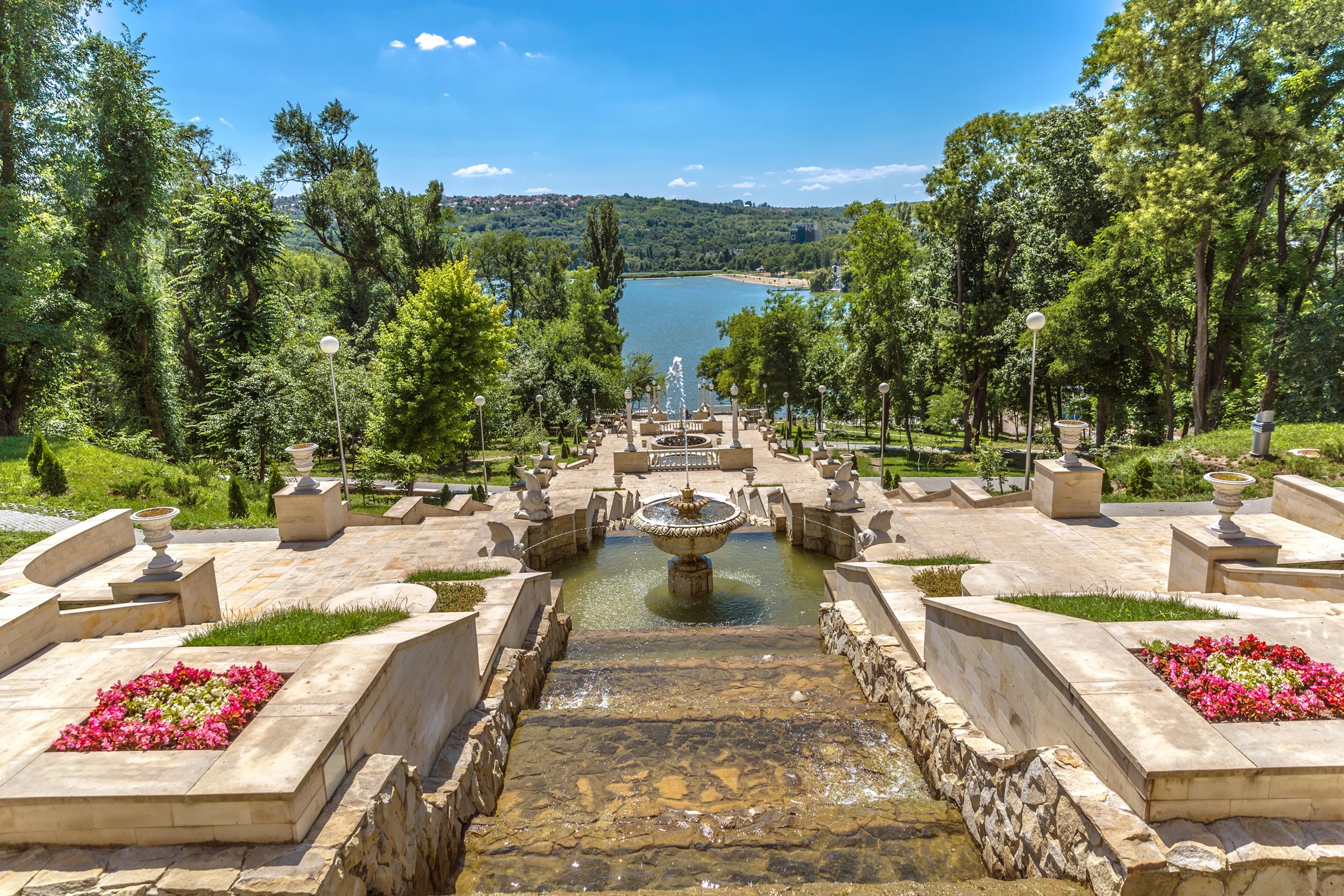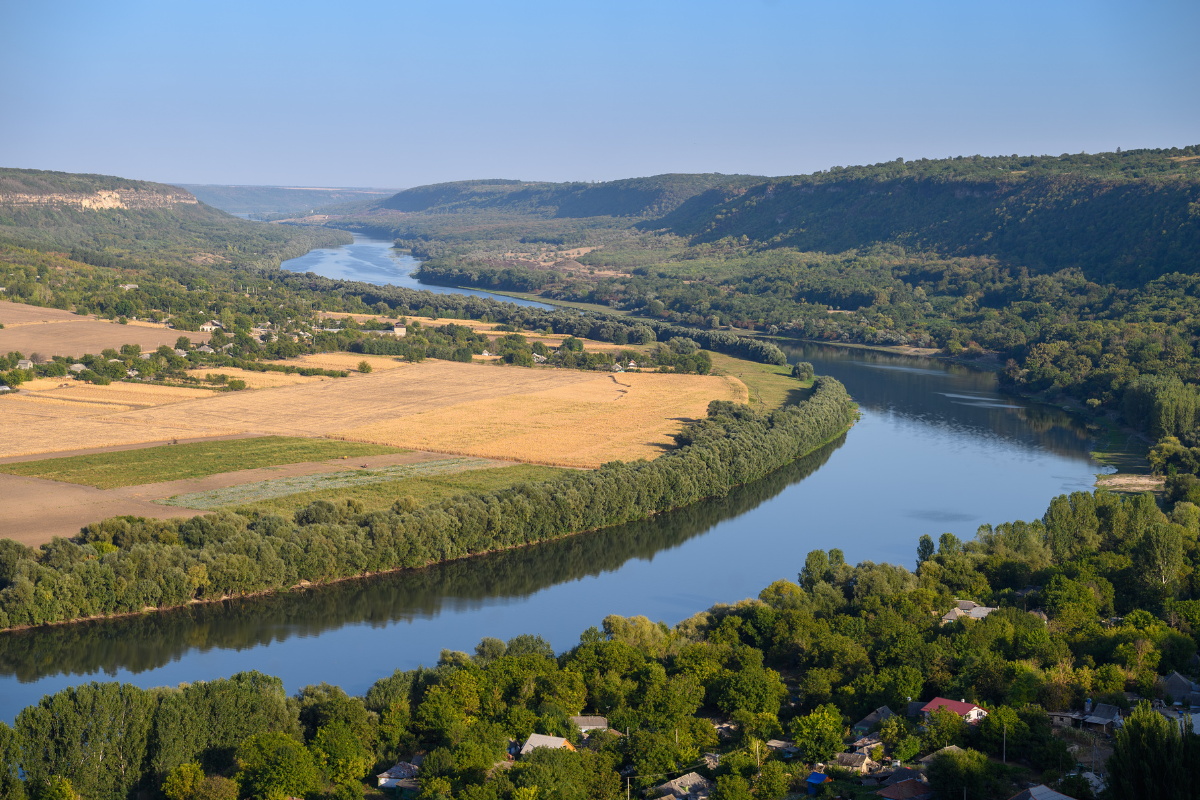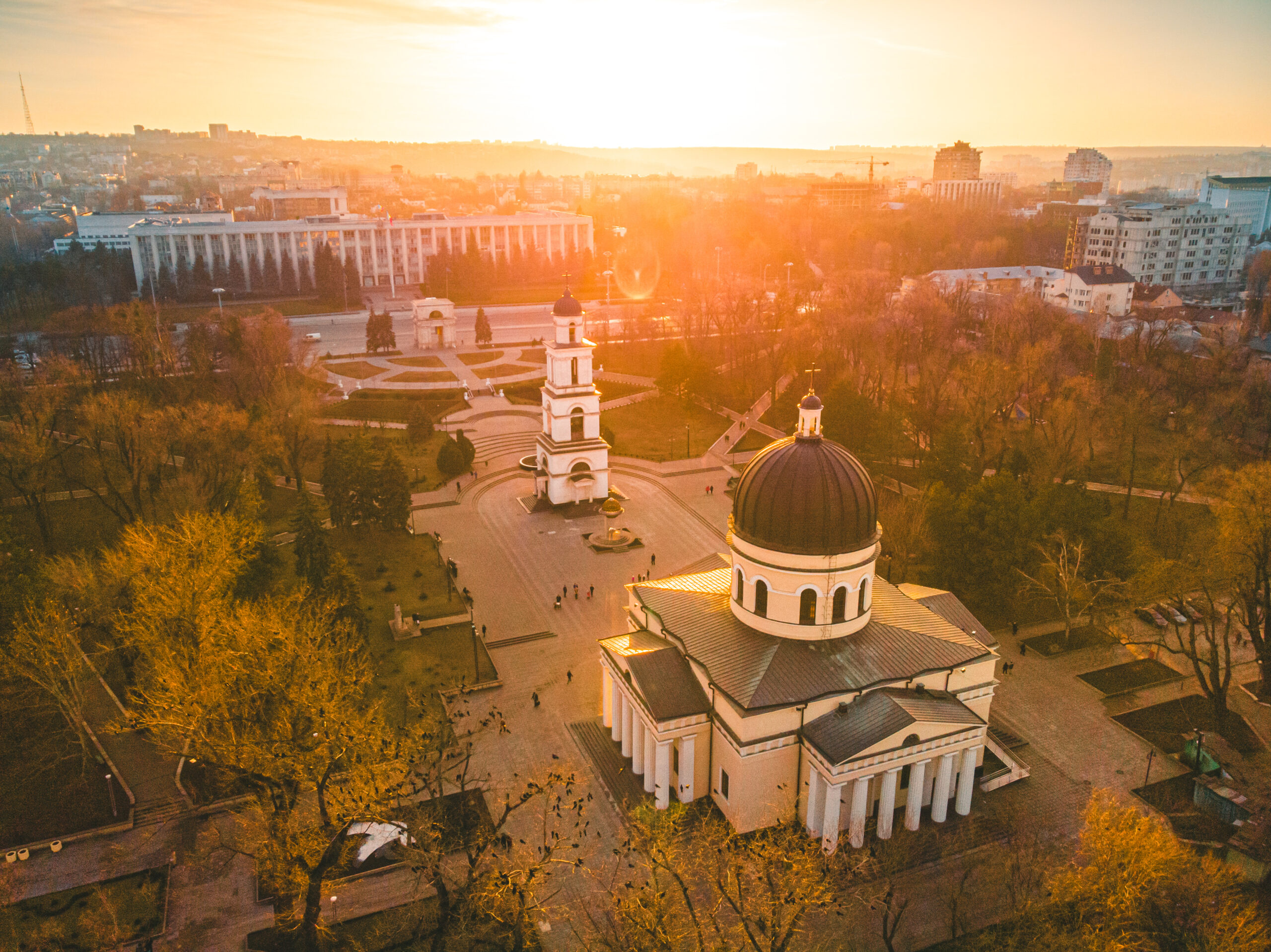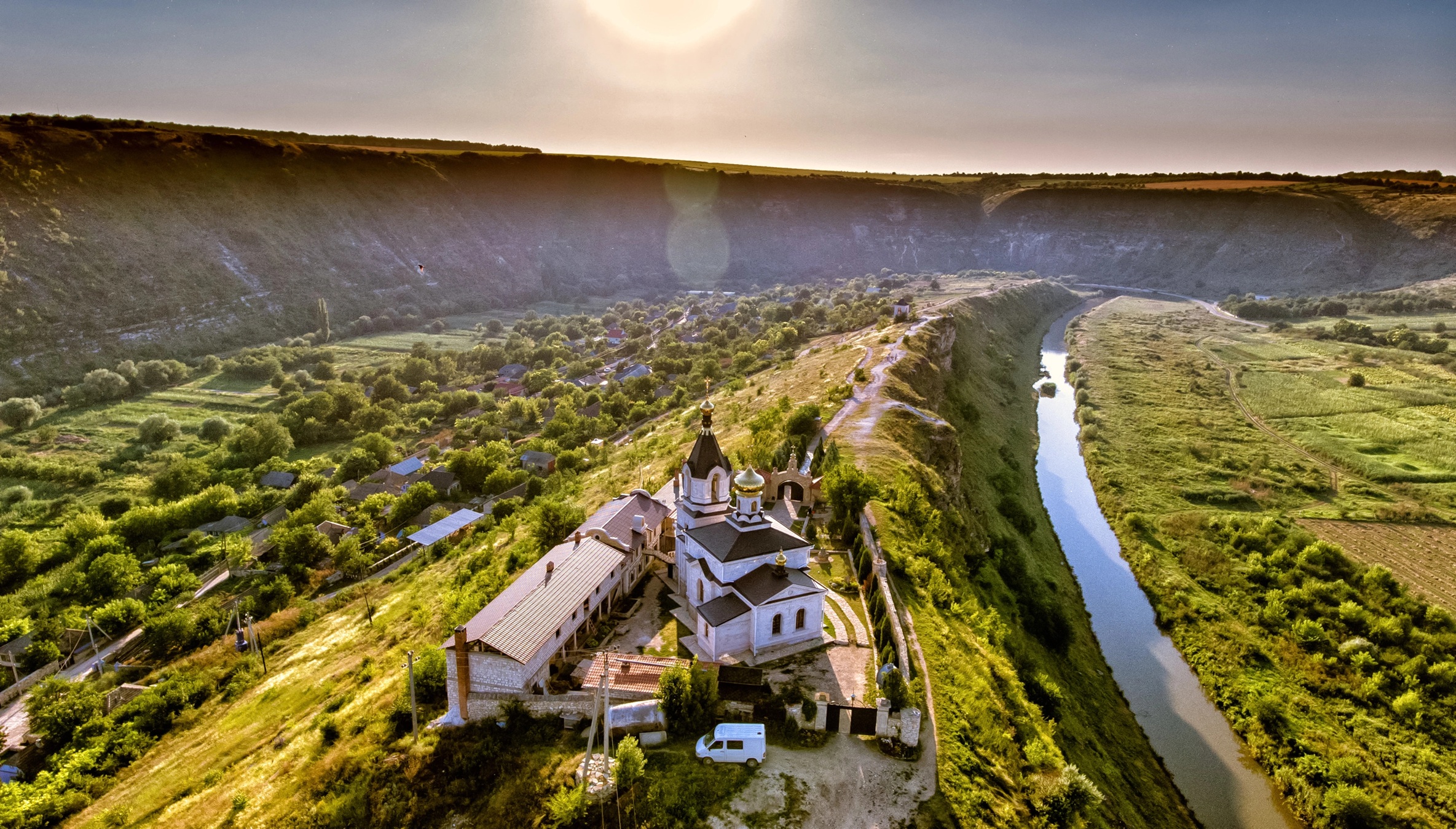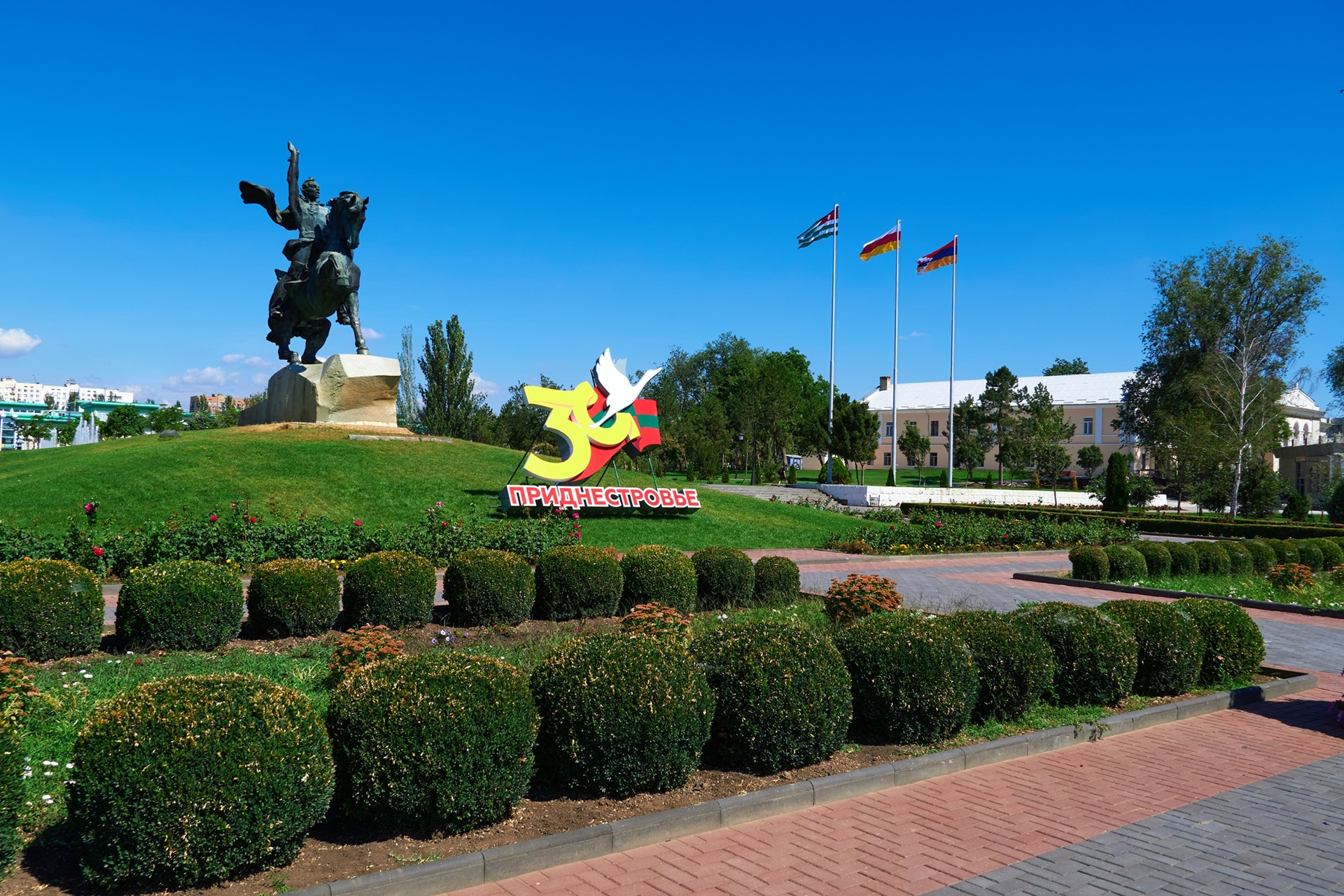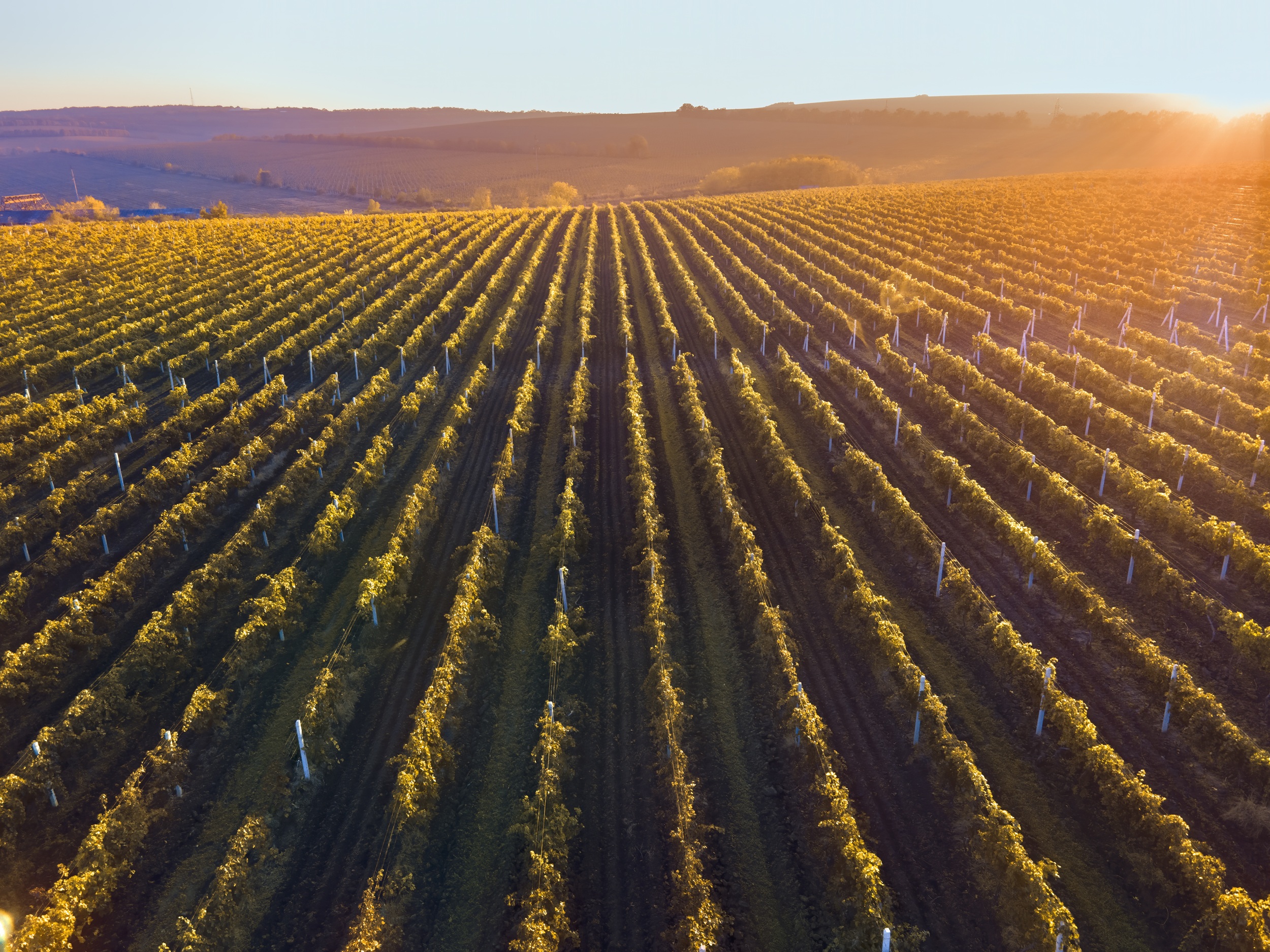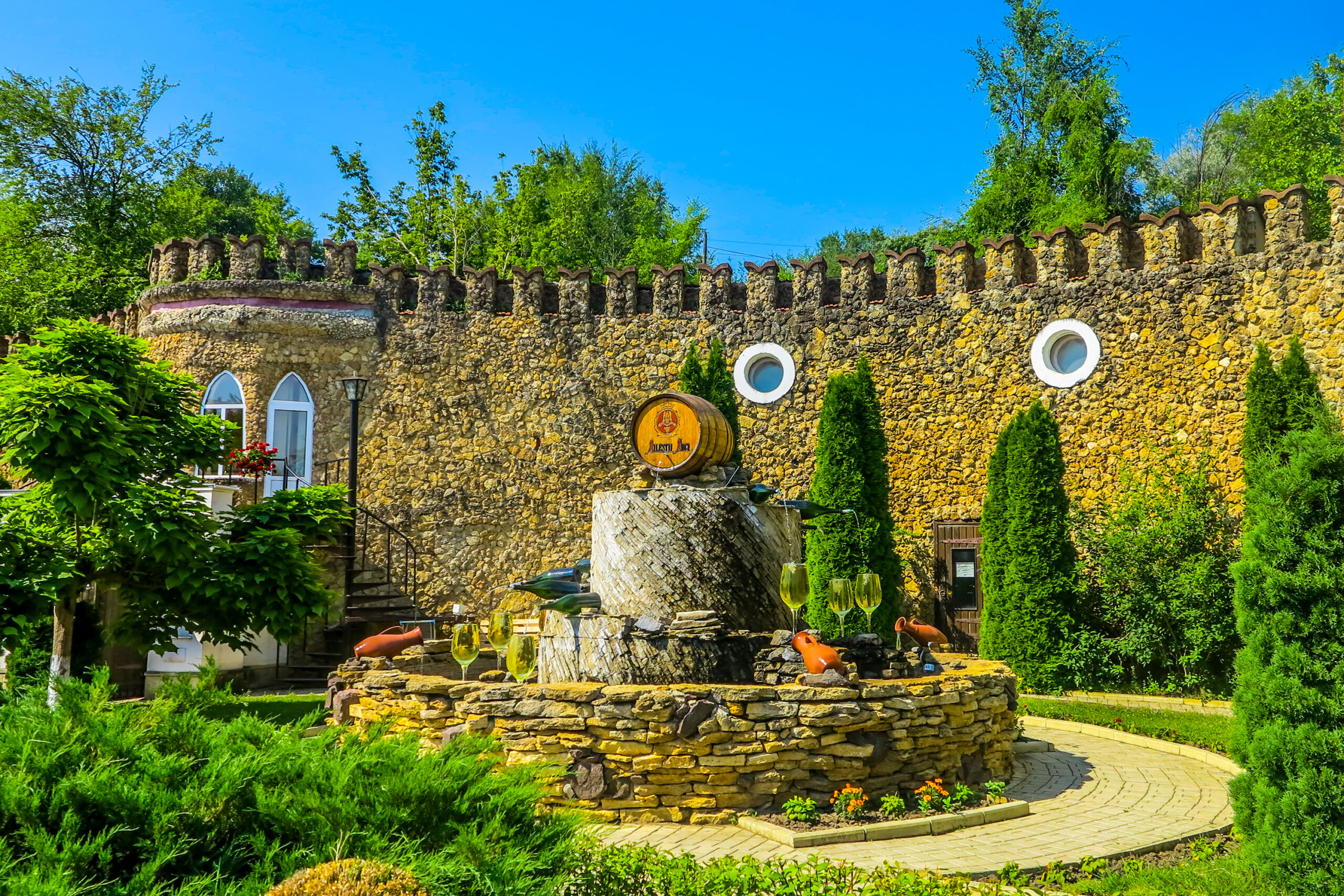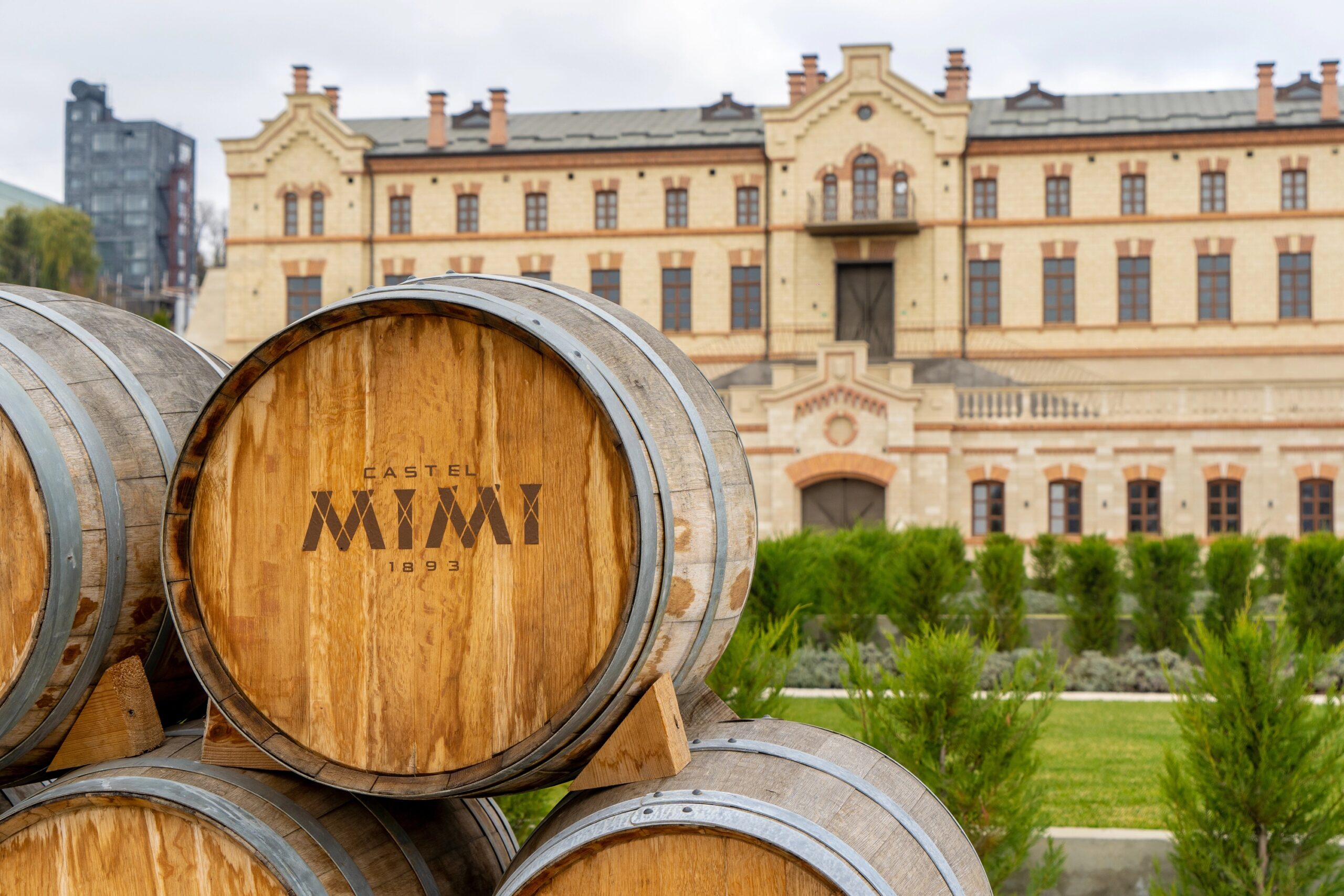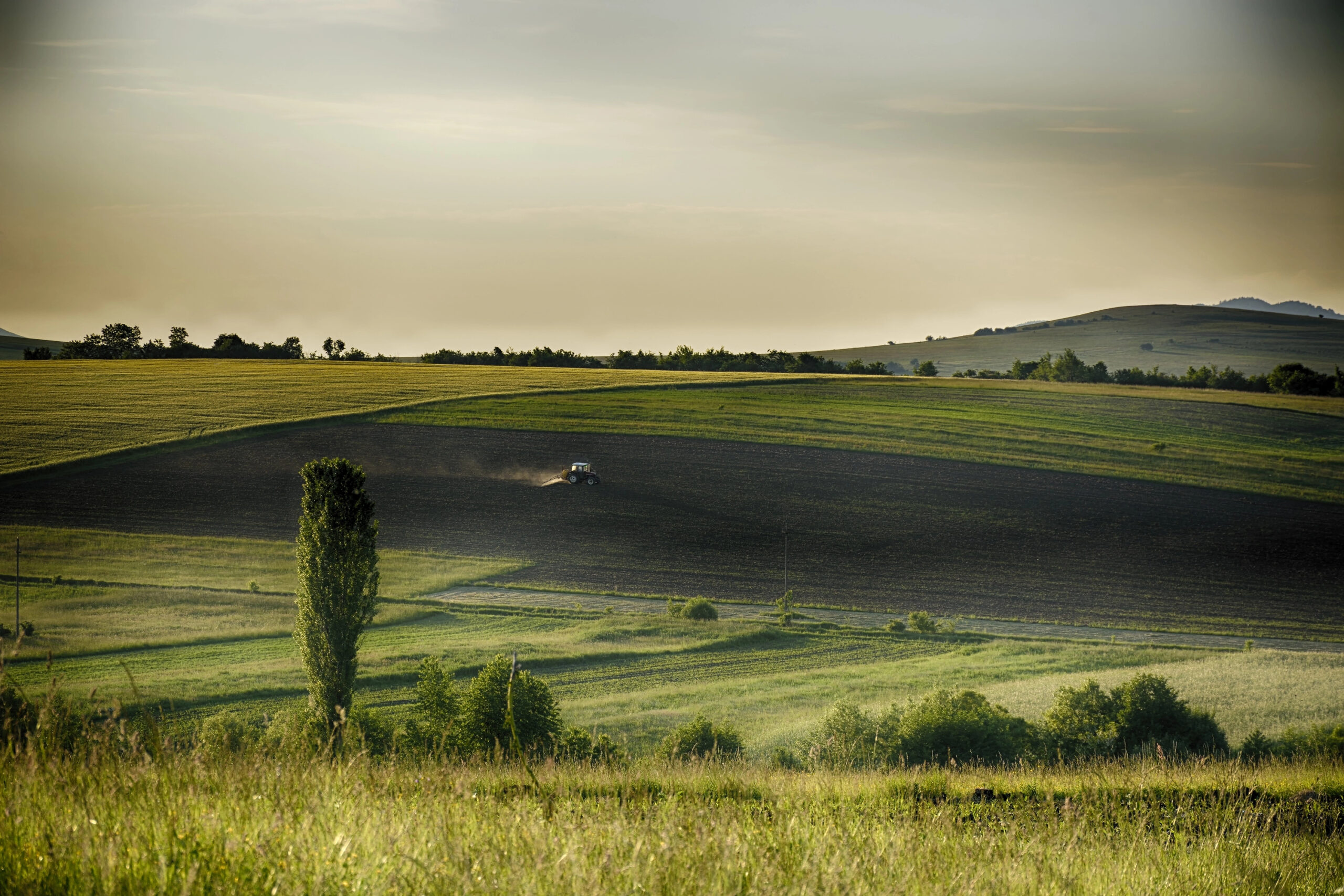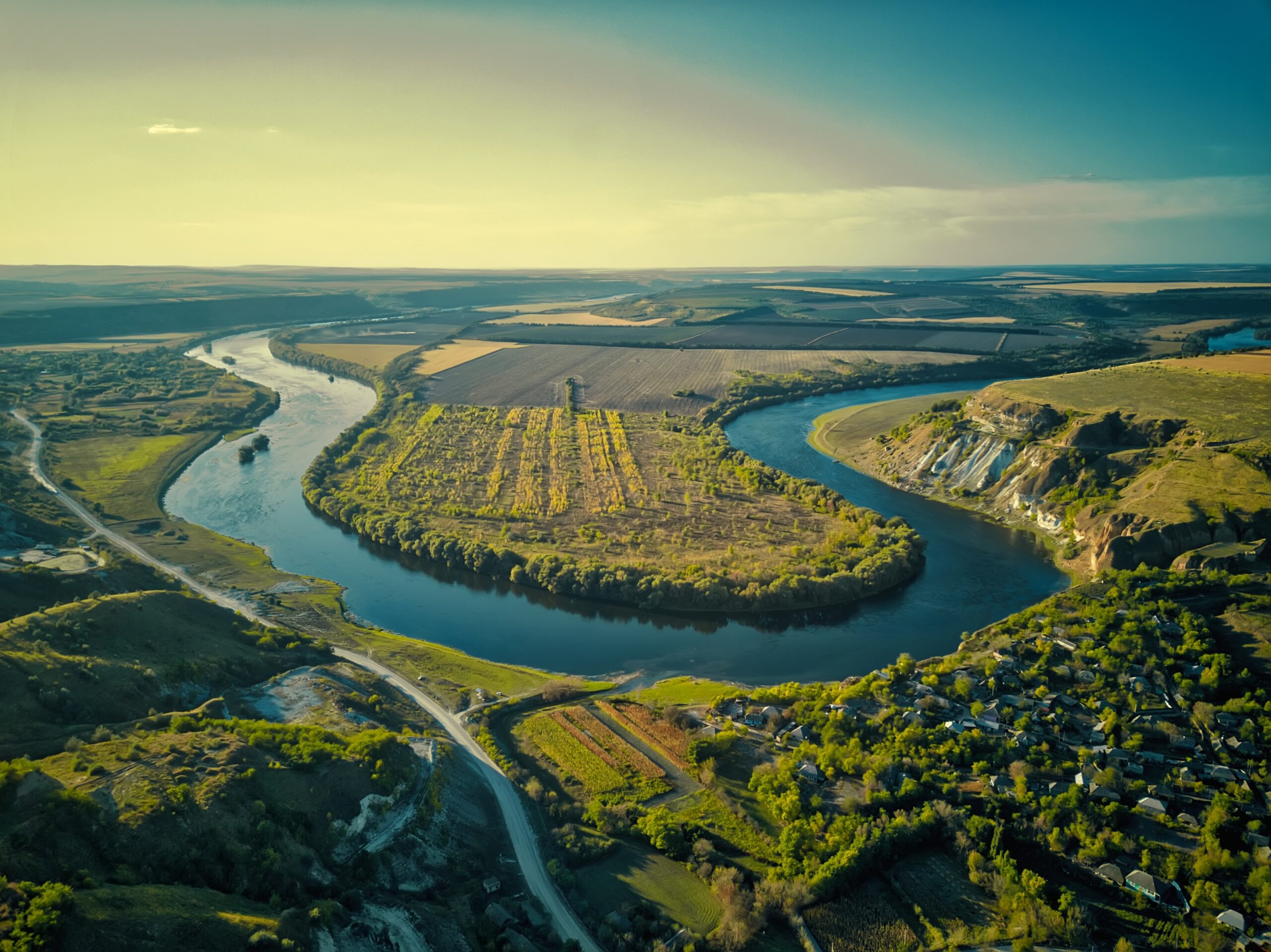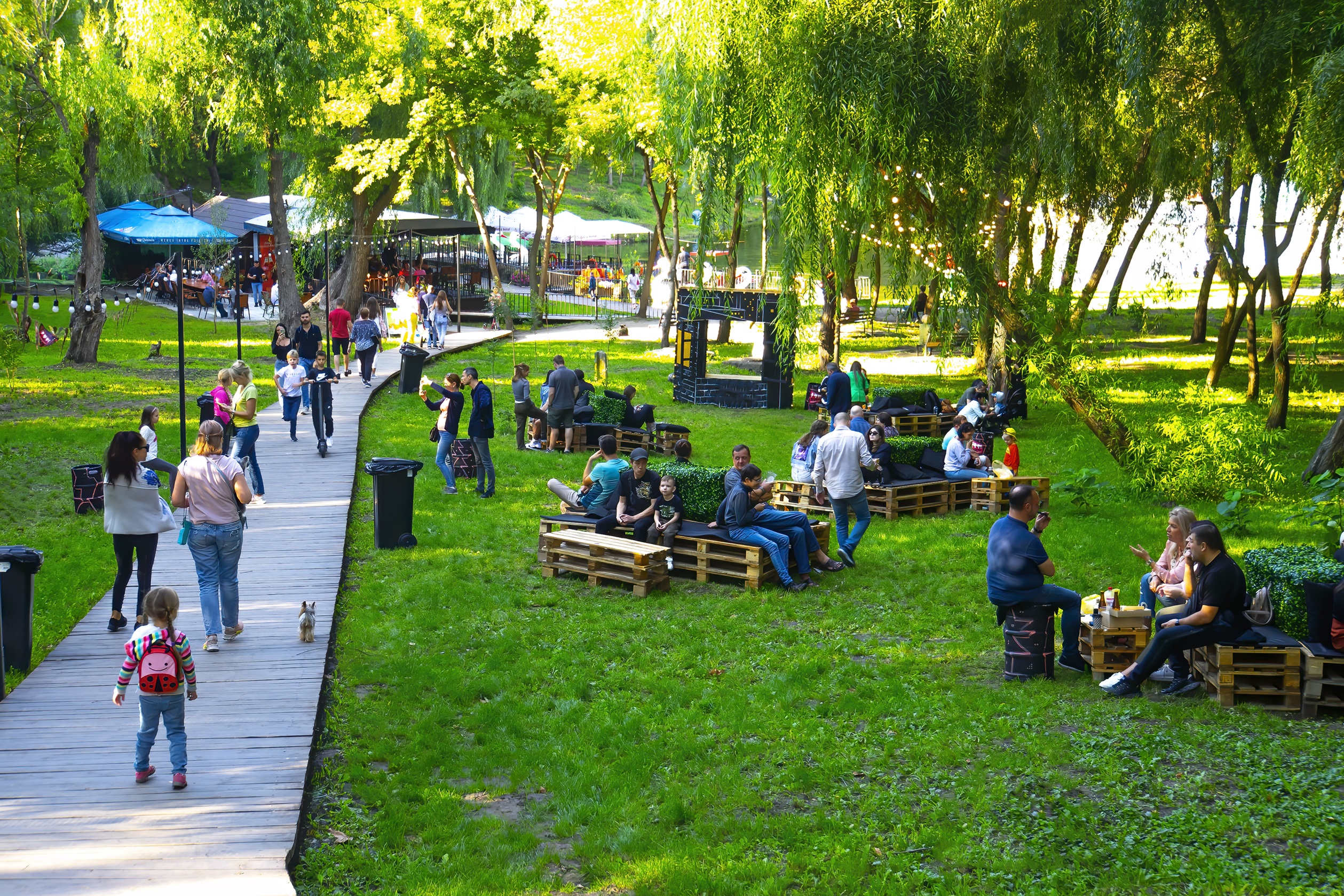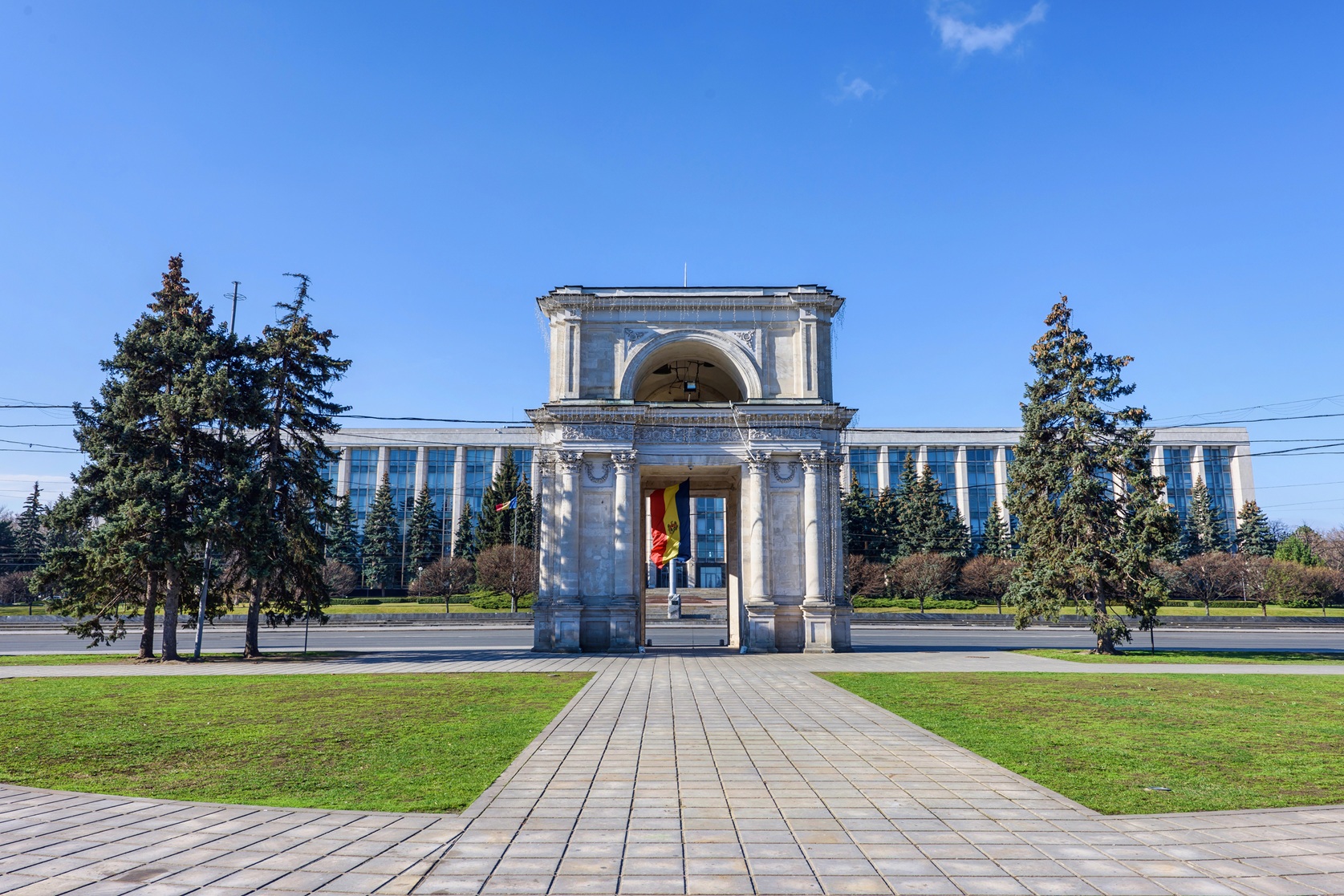Population and languages in Moldova
Moldova lies at the crossroads of several cultures, with a population of just under 3 million people. This diverse population consists of various ethnic communities, including Romanians, Russians, Ukrainians, Gagauz, Bulgarians, Roma, and Jews.
Romanian influences are strongly present, especially in the language, as most Moldovans speak Romanian. At the same time, Moldova has a significant Russian influence, particularly in regions like Transnistria and certain urban areas. This influence dates back to the time when Moldova was part of the Russian Empire and later the Soviet Union. As a result, many Moldovans are bilingual, speaking both Romanian and Russian.
In urban areas such as the capital, Chișinău, some residents also speak English or Italian, particularly due to migration and international trade. However, in rural areas, Romanian or Russian is more commonly spoken.
